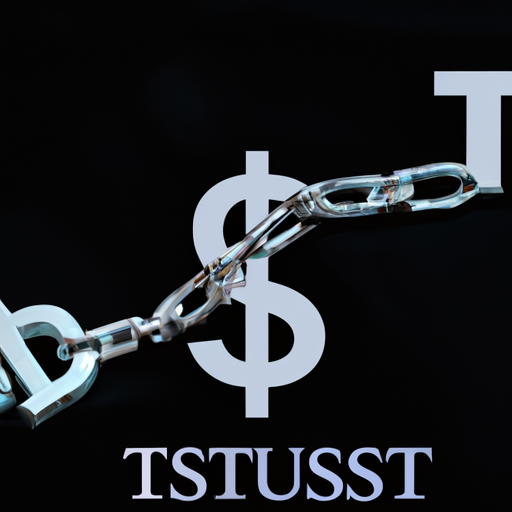Kaiko: USDT, the Largest Stablecoin, Depegging in August
Key Points:
- Kaiko, a leading crypto analytics platform, has reported that USDT, the largest stablecoin by market capitalization, experienced depegging in August.
- Stablecoins are cryptocurrencies designed to maintain a stable value, often pegged to a fiat currency like the U.S. dollar.
- The depegging of a stablecoin suggests a potential loss of trust and stability in the underlying assets or management of the stablecoin.
- USDT, issued by Tether Limited, has faced scrutiny in the past regarding the transparency of its reserves and whether it is fully backed by U.S. dollars.
- Kaiko’s data analysis reveals an increase in volatility and price deviations, indicating a departure from the pegged value of 1 USDT equal to 1 USD.
- The depegging of USDT could have significant implications for the broader crypto market and investor confidence.
According to Kaiko, a prominent crypto analytics platform, USDT, the largest stablecoin by market capitalization, experienced depegging during the month of August. Stablecoins, as the name suggests, are cryptocurrencies designed to maintain a stable value often pegged to a fiat currency, such as the U.S. dollar. The depegging of a stablecoin like USDT raises concerns about the trustworthiness and stability of the underlying assets or the management of the stablecoin itself.
USDT, issued by Tether Limited, has faced scrutiny in the past regarding the transparency of its reserves and whether it is fully backed by U.S. dollars. The stability of USDT is crucial for the broader crypto market, as it is widely used as a medium of exchange and a store of value. Any loss of trust in USDT could have far-reaching implications for investor confidence and market stability.
Kaiko’s data analysis indicates an increase in volatility and deviations in the price of USDT, signaling a departure from its pegged value of 1 USDT equal to 1 USD. The observed depegging raises questions about the reserves backing USDT and the level of transparency provided by Tether Limited. This divergence in value could potentially undermine the trust and stability that stablecoins are meant to provide.
The depegging of USDT not only impacts the investors holding this stablecoin but also has broader implications for the entire cryptocurrency market. Stablecoins play a crucial role in facilitating trading and liquidity within the crypto ecosystem. A loss of trust in USDT could lead to increased volatility and uncertainty, affecting the confidence of investors and potentially triggering market-wide fluctuations.
Overall, the depegging of USDT in August, as reported by Kaiko, highlights the importance of transparency, accountability, and trust in the stablecoin ecosystem. Regulators and market participants alike should continually monitor stablecoin issuers to ensure the proper backing of reserves and adherence to regulatory standards. The stability and reliability of stablecoins are paramount for the long-term growth and acceptance of cryptocurrencies in mainstream finance.
Hot Take: Will Stablecoins Survive?
The depegging of USDT raises questions not only about the specific stablecoin but also about the future of stablecoins as a whole. While stablecoins have gained popularity for their potential to provide stability in the volatile crypto market, incidents like the USDT depegging shake investor confidence. It underscores the need for enhanced transparency and regulation to safeguard the interests of users and maintain trust in stablecoins.
Without sufficient backing and transparency, stablecoins risk losing their credibility and potentially triggering market-wide disruptions. However, if stablecoin issuers adopt more stringent standards and provide robust assurances regarding their reserves, stablecoins could continue to play a vital role in the development of the crypto ecosystem.
Time will tell whether stablecoins can overcome the challenges they face and solidify their position as a reliable bridge between the traditional financial system and the world of cryptocurrencies.
